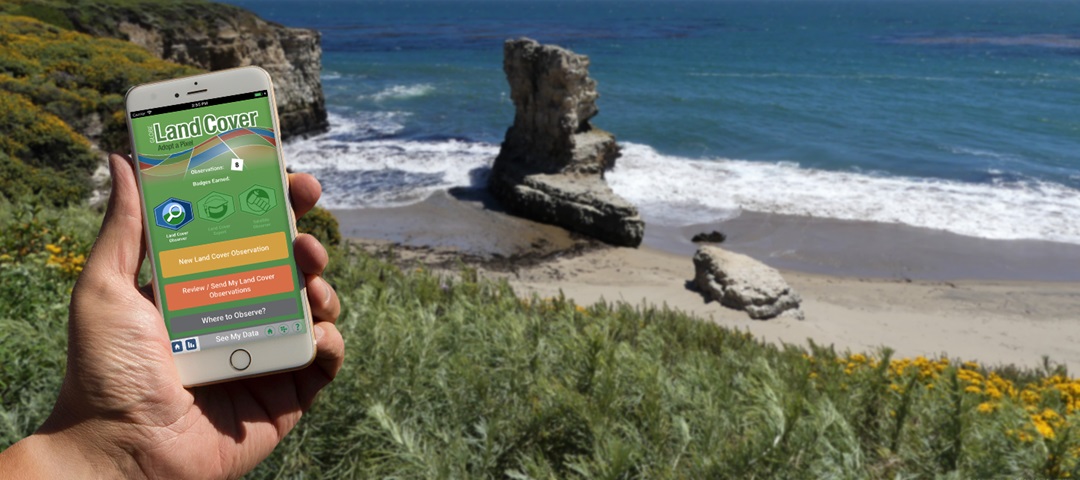In 2019, the GLOBE Land Cover project of NASA embarked on a unique mission, calling on volunteers worldwide to capture the essence of our planet through photos facing different directions—north, south, east, and west. Fast forward to today, a groundbreaking paper by Huang et al. unveils the power of Artificial Intelligence (AI) in mapping by harmonizing these images. This “multi-view” approach, facilitated by the GLOBE Observer app, proves to be a game-changer in the realm of accurate mapping.
The study compares the innovative multi-view technique with the traditional single-view method, highlighting the superior capabilities of the GLOBE Observer app when processed with AI. The significance of this advancement extends to NASA’s Land Cover project, a foundational dataset crucial for various scientific analyses. From hazard assessments for floods, fires, and landslides to mapping wildlife habitats and monitoring the impacts of climate change, land cover data plays a pivotal role.
Despite the familiarity of land cover to every inhabitant of the planet, the most detailed satellite-based maps available still operate at a resolution of hundreds of meters per pixel—about 330 feet. This limitation renders smaller features, like a city park, invisible on the global map. Here, the GLOBE Observer: Land Cover app steps in, bridging local gaps and contributing to the creation of comprehensive, globally relevant maps.
Xiao Huang, the lead author of the paper, expresses excitement about their recent discovery. “We’ve observed that the current AI model is increasingly exhibiting human-like behavior, adept at integrating multiple perspectives, synthesizing them, and striving to derive meaning from these views,” Huang explains. This development marks a significant leap in the efficiency and accuracy of mapping efforts.
The GLOBE Observer: Land Cover app empowers citizen scientists to actively participate in expanding our understanding of Earth’s changing landscapes. By contributing local insights, users play a vital role in generating detailed global maps that encapsulate the dynamic nature of our world. As technology and human collaboration continue to evolve, the synergy between AI and volunteer-contributed multi-view imagery promises a more nuanced and accurate portrayal of our planet’s ever-changing face.
You can also join the project with smart phone.


